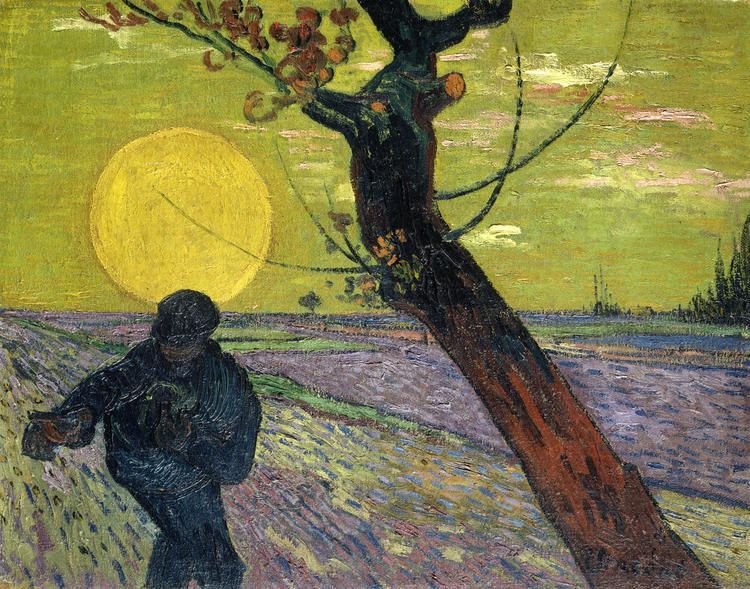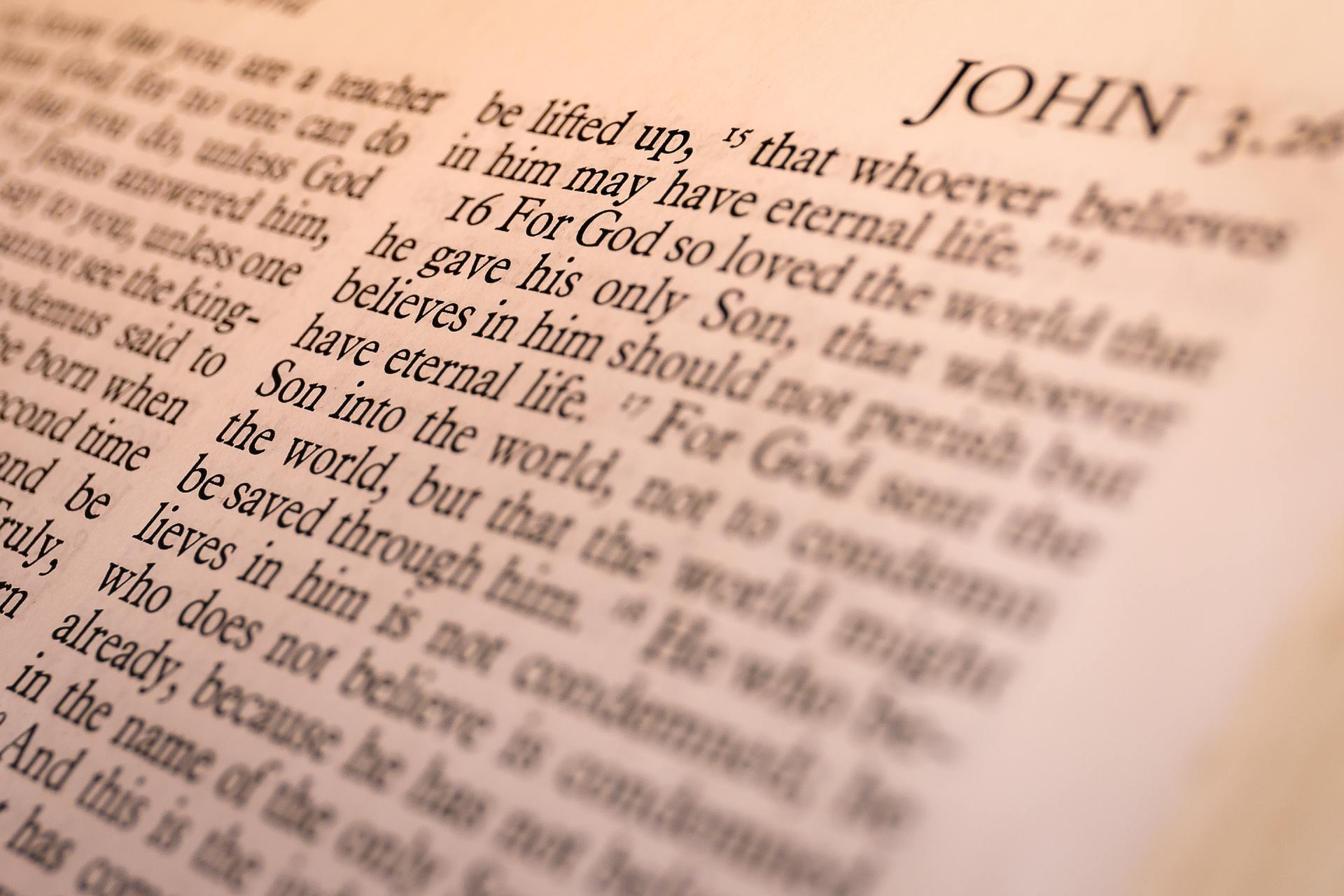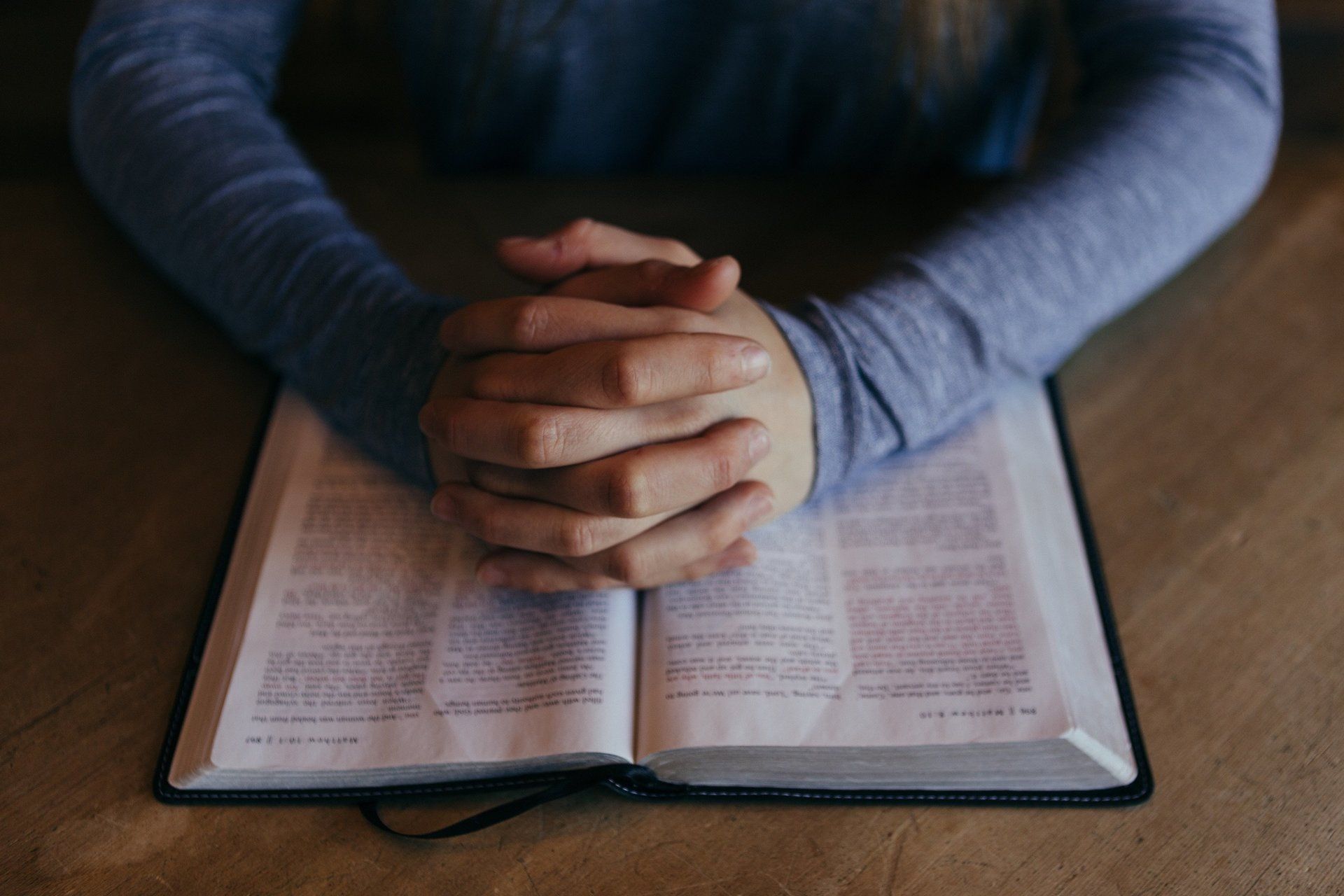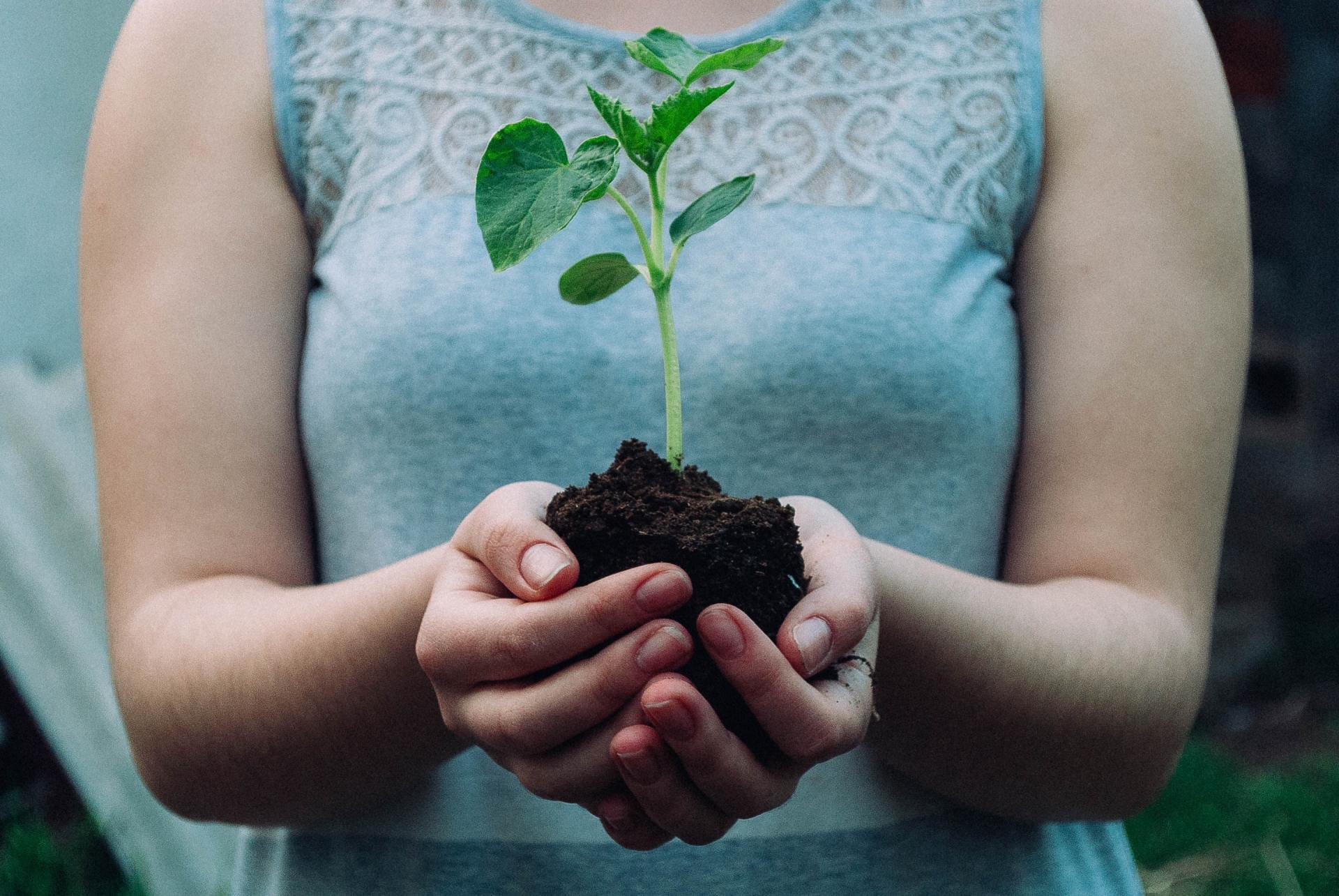Weekly Lenten Reflections
Preparation
It can be difficult to let go of the golden seeds we have, with care, collected and saved in anticipation of spring. Snow covers the ground of our hearts. It is still too cold to let them go. Prayer requires release. And release requires a great courage that allows body and mind and heart to open and to be still. We begin with attention to each.
First your body: Sit upright, legs crossed or not, feet on the floor or not, lower back pressed against the chair. Or not. Open your hands. Let the seeds fall or rest gently in them.
Breathe.
Now your mind: As you are able, let these words through you like the seeds through the cold air, down your spine and into the earth. Let your thoughts puff away with each breath. As new ones come—knotted as they are with joy or pain—hold them like wounded birds. Set them aside to heal. Breathe.
And your heart: Vulnerability means able to be wounded. Of course there is resistance. Notice it, and then kneel in the cold, black dirt, and tuck the seeds deep into the cut soil. With your breath and with energy, push them in. Open your heart. Breathe.
Tilt your chin up to the heavens and, with eyes open or closed, look back at the One who gazes at you with great affection.
Breathe.

Seeds
Like Van Gogh’s sower or like Jesus in the Gospel, in the scarcity and threat of winter we hold close what was given to us in the summer: the memory of a time we were loved; the security and calm of companionship; our lives as they tick along. Perhaps these are our golden seeds, remnants of an abundance that has passed us by.
· Where are you in the scene? Are you the sower? An observer?
· Notice how the ground feels under your feet as you walk the rows. What warmth does the light bring?
· Notice the sower’s face as he pulls the sun-burnished seeds from his purse. What do these weightless kernels mean to him? How does he feel as they fall from his hand?
· How do you feel? What seeds do you hold? What have you held close to protect it from the cold?
· Can you pull those seeds from your purse?
It can feel impossible to let go of what we have been given, to release into the crusted ground what has brought us life. It requires an outrageous courage, an irrational trust in a still-dead world to believe that what dies produces fruit.
Even more, the frosted skin of the soil must be slashed for the seeds to be planted. They must enter the wound.
· How does it feel to imagine turning over your hand?
· Do the seeds carry the golden light as they fall?
· What is it like as they enter the furrowed ground?
But perhaps it is not we who sow. Perhaps it is the Lord who sows and we who are the field.
· How has God prepared this cold ground for the gift of these seeds? What is God placing within us?
· How does it feel to be warmed be the setting sun? Is there any opening to what God is attempting to give?
· Are there wounds that you would like the Lord to plant seeds of hope within?
· Can you ask for what you desire?
Ours is a God who sows before the setting sun, who sows before night falls. Speak with the Lord now about what has happened in your prayer. Whether you have felt drawn to watch or to sow or to be a recipient of the good seed, speak with the Lord about what has happened, as one friend speaks to another.
Concluding Prayer
Glory be to the Father,
and to the Son,
and to the Holy Spirit.
As it was in the beginning,
is now, and ever shall be,
world without end.
Amen.
Vincent van Gogh, “The Sower,” 1888
During his lifetime, Vincent van Gogh painted a number of works with the sower and with wheat fields. This particular image is one of the sower with the setting sun, and stands out by the Japanese-style tree transecting the image. The use of color is also remarkable: the yellow sun, green sky, pink clouds, purple fields, the black-blue tree and the blue-green figure give us a surreal color palette. We feel it’s the end of a cold day, despite the large sun. The surreal colors also hint at an otherworldly reality. The image is deeply evocative of death and letting go, though the subject matter of sowing seeds also brings with it the themes of hope and anticipation of new life.
Three elements form the major parts of the image: the yellow sun, the dark tree branch, and the blue-green figure of the sower. For van Gogh, these were regular symbols; the sun evoked the divine and the sower anticipated the future. These two together give us a sense of the end times with hope for the Reign of God. Along these lines, the tree, especially in its stark darkness as it transects the image, is evocative of the cross. One does not get to experience the promise of future hope and fullness without grappling with the reality of the cross.
A beautiful gesture offered by the sower is one of letting go. Casting the golden seeds on the purple ground is more than just a perfunctory act—it is letting go, literally and figuratively, so that these seeds may find good soil and so that new life may emerge. Jesus’ words from the Gospel echo throughout the painting: “Unless a grain of wheat falls into the earth and dies, it remains just a single grain; but if it dies, it bears much fruit.” Death here pertains to the seed, to Jesus foreshadowing his own Passion, and to each of us facing finitude, both daily and at the end of our lives. Yet, the seeds which the sower drops are golden, reflecting the large sun dominating the back of the image and reflecting the eternal life of the divine. In the field, the sower carries on, even as he nears the tree, with determination, resolve, and hope.



